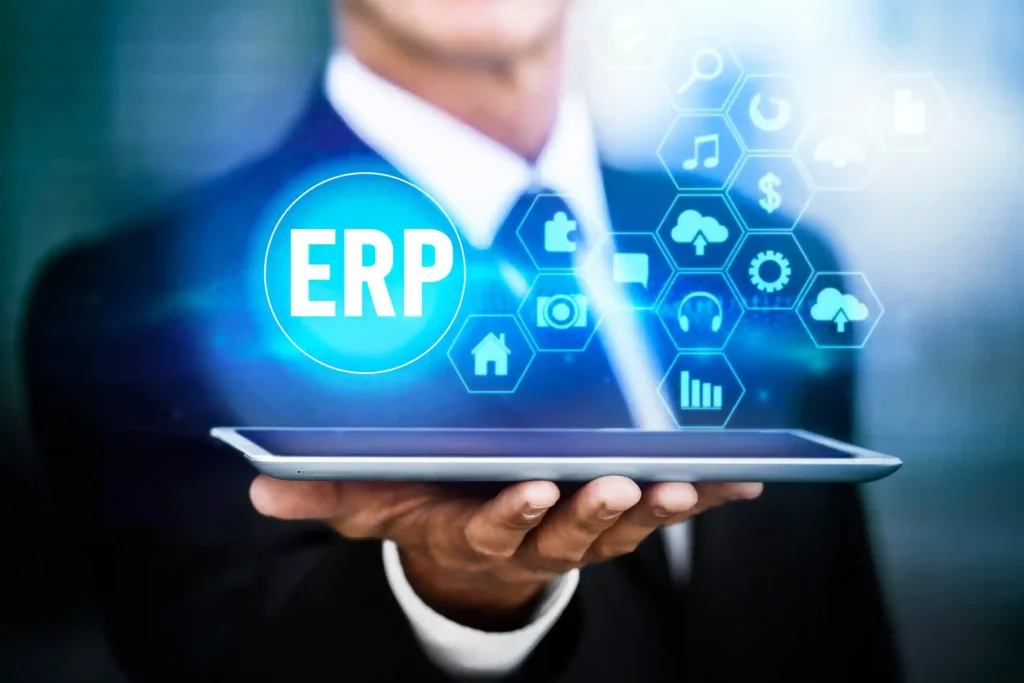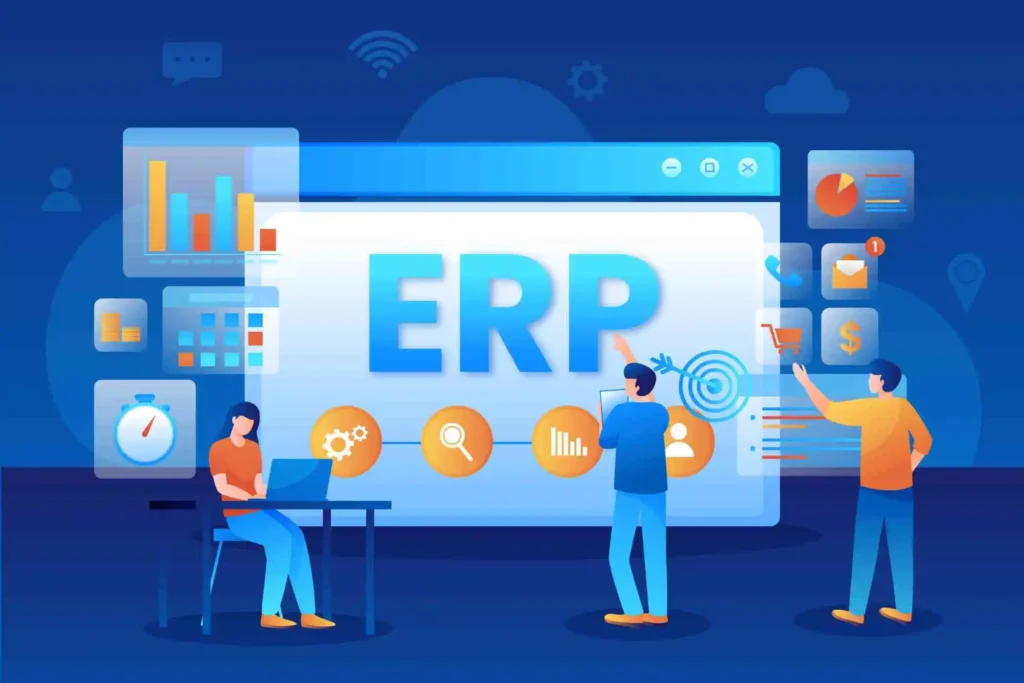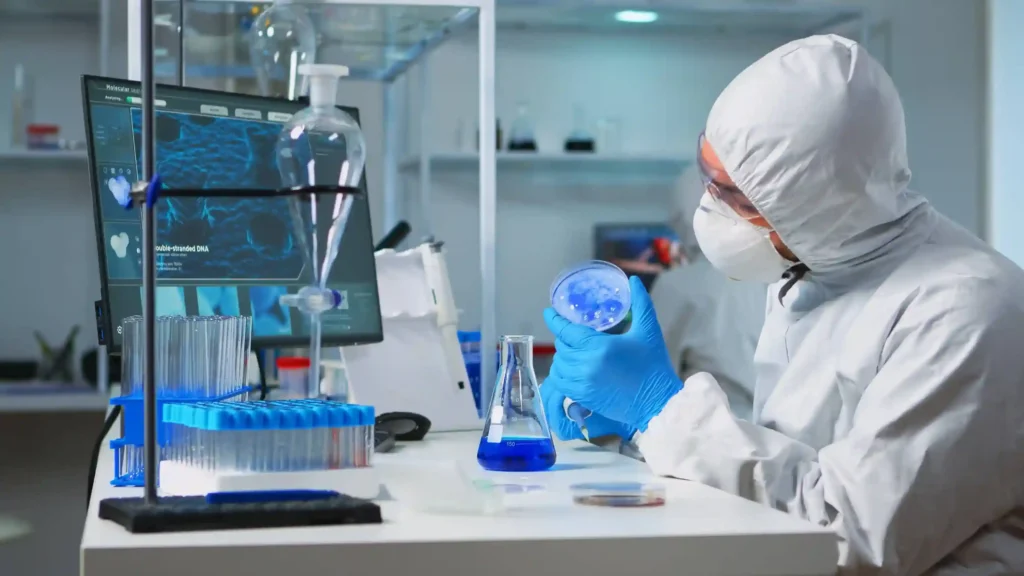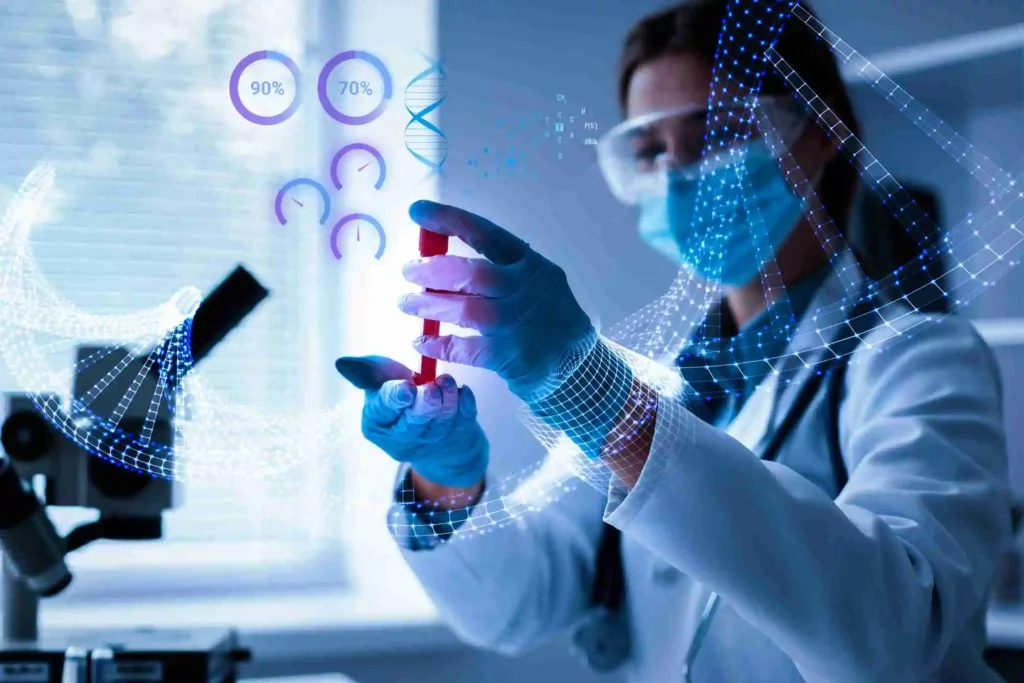Maximizing Productivity and Profitability: Choosing the Best Pharma ERP Software
Introduction to Pharma ERP Software In the pharmaceutical sector, companies need to stay competitive, efficient, and compliant with ever-changing regulations. Pharma ERP software offers an integrated solution that manages everything from inventory and compliance to production and financials. This technology helps companies streamline their operations, ensure regulatory compliance, and drive profitability. Why Pharma ERP Software is Essential for the Pharmaceutical Industry In a highly regulated industry where safety, quality, and efficiency are paramount, Pharma ERP software enables companies to centralize their operations into one system. By having real-time visibility into all aspects of the business—from procurement to production to distribution—pharma companies can enhance decision-making, reduce errors, and ensure compliance. Core Functions of Pharma ERP Systems Pharma ERP systems come equipped with several essential features designed specifically for the industry: Compliance Management Compliance is critical in the pharmaceutical industry, where adherence to regulatory bodies like the FDA, EMA, and GMP guidelines is required. ERP software automates and tracks compliance documentation, helping ensure that everything from manufacturing processes to product distribution adheres to industry standards. Inventory Control Pharma companies must maintain stringent controls over their inventory to prevent wastage, avoid stockouts, and track product expirations. ERP software provides real-time data on stock levels, expiration dates, and demand forecasting, helping companies optimize their inventory management. Supply Chain Optimization An efficient supply chain is key to ensuring smooth operations. ERP systems streamline procurement, manufacturing, and distribution processes. They also provide transparency across the supply chain, reducing lead times and minimizing bottlenecks. Quality Control Maintaining high-quality standards is non-negotiable in pharmaceuticals. ERP systems include quality control modules that ensure raw materials and finished products meet quality and safety standards. These modules integrate with compliance tools to ensure all records are updated. How ERP Enhances Productivity in Pharma Companies Pharma ERP software streamlines various processes, reducing manual tasks and increasing operational efficiency. For example, tasks like generating compliance reports, managing inventory, and scheduling production can be automated, which reduces human error and allows employees to focus on higher-level activities. By creating an integrated workflow, ERP systems eliminate redundant processes and speed up decision-making. Maximizing Profitability through ERP Solutions A well-chosen ERP system can significantly boost a company’s profitability by reducing costs associated with manual errors, stock wastage, and inefficient workflows. ERP also aids in better demand forecasting, resulting in optimized production and reduced overstock or stockouts, both of which can affect profitability. Top Considerations When Choosing Pharma ERP Software Scalability The pharmaceutical industry is constantly evolving, so the ERP solution must be scalable to accommodate future growth. The ability to add new functionalities as the business grows ensures that the ERP software remains relevant and cost-effective in the long term. User-Friendliness A complex system that is hard to navigate will only slow down your team. An intuitive, easy-to-use interface ensures that employees can quickly adapt to the new system, maximizing the software’s impact on productivity. Customization Pharma companies have unique processes and requirements. Choosing an ERP solution that allows for customization ensures that the system can be tailored to meet specific business needs, such as different compliance standards or operational processes. Compliance with Regulatory Standards Ensure the ERP software aligns with the necessary regulatory bodies such as FDA, EMA, and WHO. Compliance should be automated, with features that ensure regular audits and updates based on new regulations. Integration Capabilities with Existing Systems The chosen ERP system should seamlessly integrate with other critical software already in use. Integration with CRM CRM (Customer Relationship Management) systems are essential for managing relationships with healthcare providers, distributors, and suppliers. An ERP that integrates with your CRM will provide a holistic view of your customer interactions and transactions. Integration with Manufacturing Systems Manufacturing processes in pharma must be precise. By integrating your ERP with manufacturing execution systems (MES), you can achieve greater control over production planning, batch records, and quality control processes. Integration with Financial Systems Integrating your ERP with financial management tools will ensure all costs, from procurement to distribution, are accounted for, improving overall financial transparency and accuracy. Cloud-Based vs. On-Premises ERP Systems Cloud-Based ERP A cloud-based ERP system is hosted remotely, allowing users to access the platform from anywhere. Cloud ERP offers advantages such as lower upfront costs, automatic updates, and enhanced flexibility, especially for growing companies. On-Premises ERP On-premises ERP systems are hosted on the company’s own servers. While they offer more control and enhanced data security, they often come with higher upfront costs and require dedicated IT infrastructure for maintenance. Advanced Features of Modern ERP Systems AI and Machine Learning Modern ERP solutions are incorporating AI and machine learning to provide predictive insights, from demand forecasting to predictive maintenance. These technologies help pharma companies make smarter, data-driven decisions. Real-Time Data Analytics Real-time analytics give you immediate access to key performance indicators, enabling quicker and more informed decision-making. This is particularly useful in manufacturing and supply chain management. Mobile Accessibility Mobile-friendly ERP platforms allow managers and employees to access key functionalities from their mobile devices, increasing flexibility and responsiveness. Automation of Repetitive Tasks Automation is a key feature of ERP systems that eliminates repetitive manual tasks such as data entry, inventory tracking, and compliance reporting, freeing up time for more value-added activities. Challenges in Implementing Pharma ERP Systems Implementing a new ERP system can be time-consuming and costly. Resistance to change from employees and potential integration issues with legacy systems can also pose challenges. It’s important to have a clear implementation strategy and ensure proper training. Future Trends in Pharma ERP Technology Blockchain for Enhanced Traceability Blockchain technology is being integrated into ERP systems to improve traceability and transparency in the pharma supply chain, helping companies verify the authenticity of products and ingredients. AI-Powered Predictive Maintenance AI-driven ERP systems can predict equipment failures before they happen, allowing for preventive maintenance that reduces downtime and ensures continuous production. Choosing the Best Vendor for Your Pharma ERP Selecting the right vendor is as crucial as selecting the right software. Look for vendors with extensive experience in the pharmaceutical
Maximizing Productivity and Profitability: Choosing the Best Pharma ERP Software Read More »















